Hey there, welcome back to the Pulling Curls podcast. In today’s episode, we’re untangling the mysteries of the placenta. Hilary shares seven fascinating facts about this incredible organ. Stay tuned for some mind-blowing information.
Find it here on Apple or Spotify Podcasts
Big thanks to our sponsor my free beginning prenatal class: https://www.pullingcurls.com/free-prenatal-class/ It has just what you need to know about third trimester testing so don’t miss it!
Timestamps:
00:00 Placenta functions like disposable organ with vital role.
03:23 Placenta produces hormones, influences body changes in pregnancy.
Keypoints:
- The placenta is an essential organ that helps the baby grow inside the uterus.
- It can take on various shapes, but it’s typically round and about the size of a dinner plate when a woman is full-term pregnant.
- The placenta is a disposable organ, meant to be discarded after birth, and it connects to the wall of the uterus, transferring nutrients and waste between the mother and baby.
- It is responsible for producing hormones that support the pregnancy and trigger changes in the mother’s body, such as breast development and adjustments in heart, kidney, and blood vessels.
- The placenta plays a vital role in ensuring an optimal environment for the baby’s development, including regulating the mother’s immune response to prevent rejection of the baby.
- At birth, the average placenta weighs about a pound, and it is significantly larger than the baby during early pregnancy to support the baby’s growth.
- Stem cells from the baby can cross the placenta and target sites where the mother has had injuries, potentially aiding in her healing even years later.
- Exploring the placenta post-delivery can offer a fascinating insight into its function and structure, as well as its ability to sustain the baby for nine months.
- Encouragement for mothers to ask their healthcare provider for a peek at the placenta to understand its role and significance in pregnancy and childbirth.
- Upcoming podcast episodes will discuss secret mom hacks and the topic of giving birth on your back.
Producer: Drew Erickson
Transcript
[00:00:00.830] – Hilary Erickson
Hey, guys. Welcome back to the Pulling Curls Podcast. Today on episode 224, we are talking about the placenta. It’s one of my favorite things to talk about, so let’s untangle it.
[00:00:11.640] – Hilary Erickson
Hi, I’m Hilary, a serial overcomplicator. I’m also a nurse, mom to three, and the curly head behind Pulling Curls and The Pregnancy Nurse. This podcast aims to help us stop overcomplicating things and remember how much easier it is to keep things simple. Let’s smooth out those snarls with Pregnancy and Parenting Untangled: The Pulling Curls Podcast.
[00:00:39.890] – Hilary Erickson
Before we get started, today’s episode is sponsored by my free prenatal class. It is a free lesson from the online prenatal class for couples. You can find it through the show notes or at pullingcurls.com under Courses. In that lesson, you’re going to find how we test you in your third trimester, and a lot of those tests are testing your placenta, so come join me in there. It’s absolutely free.
[00:00:59.440] – Hilary Erickson
Okay, I’ve got seven amazing facts from the placenta. If you’re watching it on video, I don’t have these memorized, so I’m going to have my phone up. You might see me glancing around a little bit because the placenta is amazing.
[00:01:11.200] – Hilary Erickson
I tried to have a placenta… person from Instagram come on the podcast, but she never responded. #herfeelings. Quick reminder, the placenta is the thing that helps baby grow. It’s the organ that transmits from baby to mom, so it is helping the baby to grow inside your uterus. That’s where the placenta is, in case you don’t know. Okay, number one.
[00:01:33.990] – Hilary Erickson
So most often the placenta is fairly round, but the placenta can actually become misshaped. There are lobes to the placenta, and it can end up looking like a four-leaf clover or three-leaf clover, which is usually not great for the baby. Usually it’s round, though, in your uterus. If you’re pregnant right now, if you’re full-term pregnant, you want to picture a dinner plate-sized, that’s how big it is inside your uterus. It’s really big.
[00:01:59.730] – Hilary Erickson
Fact number two is that the placenta is actually an organ, like our lungs or our kidneys. The placenta is an organ, and it is actually the only organ created to be disposable. It is meant to be thrown away after birth, and we don’t use it anymore after baby is born.
[00:02:15.500] – Hilary Erickson
The placenta is really interesting. How the placenta works is the placenta, this is going to be better if you’re in my video, the placenta joins up to the wall of the uterus and the blood flow from the placenta transfers over to the baby’s blood flow and the baby’s waste nutrients transfers over to the placenta.
[00:02:33.390] – Hilary Erickson
It’s actually very much like our lungs, which send waste products for us to respire out, and it gets oxygen by what we breathe in. So similar also to how our microvilli work in our intestines. So that’s how the placenta works. The hope is that mom’s blood supply and the baby’s blood supply are not actually mixing. They just touch each other there as a transfer of nutrients, although they have found that often there is some of baby’s blood supply or cells that end up in mom forever.
[00:03:02.190] – Hilary Erickson
The average placenta weighs about a pound at birth. So whatever your baby weighs, you got to add a pound for that because the placenta came out as well. But when the baby is small, the placenta is actually way bigger than the baby as It is getting all that blood flow to help baby grow and get bigger, and it’s growing itself so that it can sustain that baby throughout the pregnancy.
[00:03:21.730] – Hilary Erickson
Okay, this next one is super cool. The placenta actually makes hormones. Some of it keeps the pregnancy running. Others stimulate changes in the mother’s body, including breast development and changes in heart, kidney, and blood vessels, all designed to provide a body that is optimal for providing nutrients for the baby.
[00:03:38.980] – Hilary Erickson
As we go through pregnancy, you’ll notice that maybe your blood pressure is a little bit high in the first trimester, then it goes back low in the second trimester, and then it may creep up in the third trimester. The placenta/ baby is helping to make those hormonal changes as an optimal environment for the baby to live in. All of that is triggered by the placenta, they think, although we don’t really know a lot of this.
[00:04:00.250] – Hilary Erickson
It is also thought that the placenta helps the mom’s immune system and the baby’s immune system communicate so that the mom doesn’t think that the baby is a threat. When we get a sliver, your body says, This is an unknown foreign object. We need to try and get it out. When you have a baby, you don’t want your body to do that. The placenta reminds mom’s immune system to chill the heck out so that it doesn’t remove the baby from your body. The placenta has a role in that, which is really cool.
[00:04:27.250] – Hilary Erickson
Okay, this last one, fact number seven, I thought was It’s really interesting. It says that stem cells from your baby can cross the placenta, and they seem to target sites where mom has an injury. Even years later, a tiny number of cells from previous pregnancies can be found in mom’s skin, organs, and bone marrow. This phenomenon is called fetal maternal microchimurism.
[00:04:47.340] – Hilary Erickson
Pretty sure I pronounced that wrong, but it’s really cool that the placenta allows those stem cells that are really good at fixing stuff to cross and help mom so that she can heal easier and stuff when she’s pregnant. So interesting.
[00:05:03.460] – Hilary Erickson
So when you have your baby, I would encourage you to say, Hey, can I just have a peek at the placenta? If you’re real light stomached, it might not be awesome for you because it does look like a piece of an organ. It looks like an organ. But it’s so interesting to see where the placenta attaches, where the amniotic sac is around that area, how firm it all is, and yet how much ground beef the placenta looks like. So I would encourage you to take a peek at it. Some OB/GYNs or midwives will take you on a quick little tour of the placenta. I bet yours will if you ask them. A lot of patients don’t want to see it, but a lot do. It’s just really interesting that this blob of flesh actually keeps the baby alive for nine months. It’s fascinating, and I’m so grateful for placentas out there. They do a lot of good work for us. That’s the placenta.
[00:05:53.700] – Hilary Erickson
Stay tuned. We’ve got Secret Mom Hacks actually coming on next week with some great hacks for you guys. And the week after that, we’re going to be talking about if you have to give birth on your back. So stay tuned for those.
[00:06:03.690] – Hilary Erickson
Thanks for joining us on the Polling Curls podcast today. If you like today’s episode, please consider reviewing, sharing, subscribing. It really helps our podcast grow. Thank you!
Keywords:
placenta, pregnancy, prenatal class, labor, birth, fetal development, organ, nutrients, hormones, immune system, stem cells, medical anatomy, maternal health, fetal health, childbirth position, maternity tour, pregnancy complications, medical podcast, obstetrics, midwifery, maternal-fetal medicine, healthcare, maternal care, postpartum recovery, maternal education, baby development, maternal anatomy, motherhood, family health, healthcare education

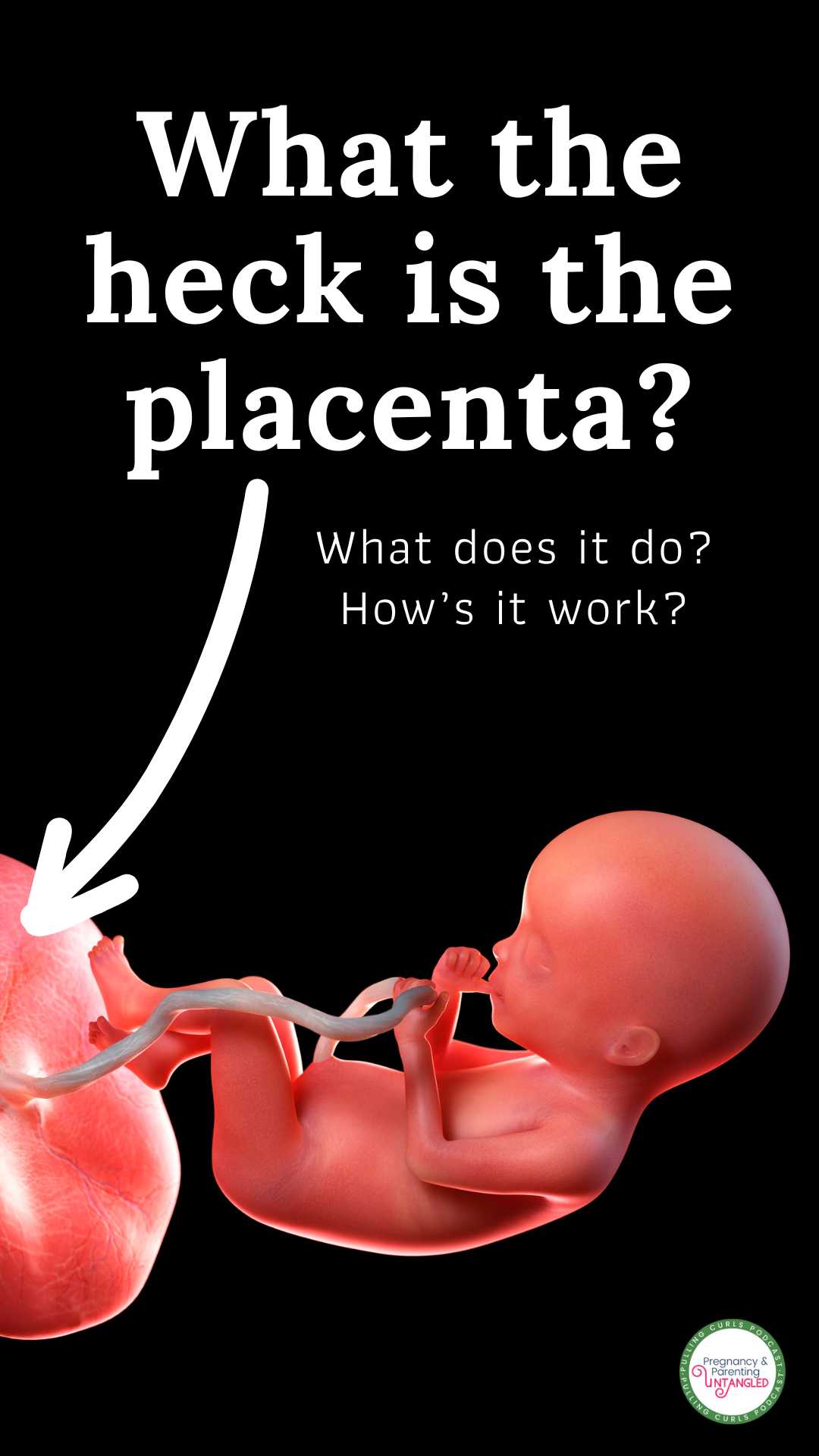
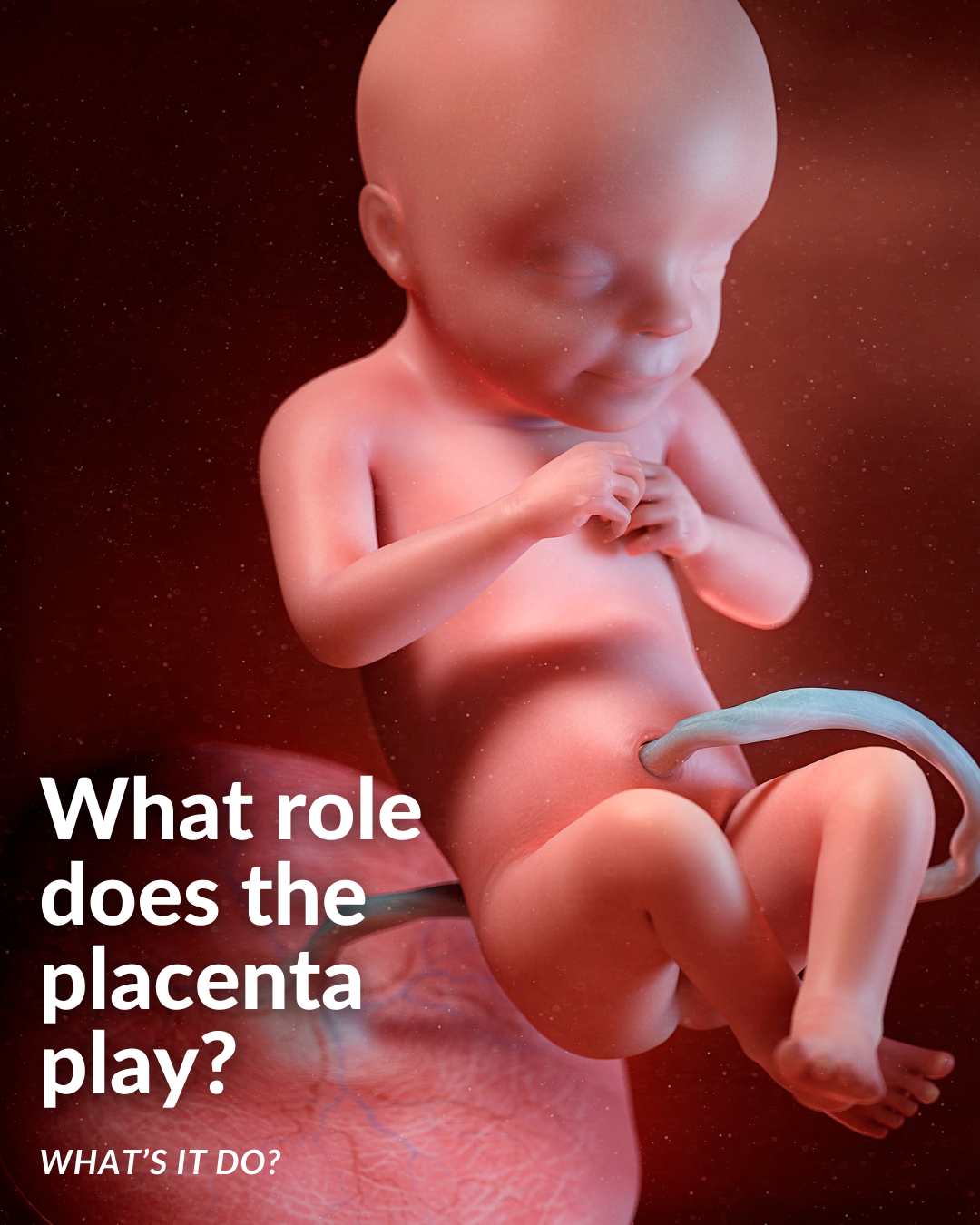
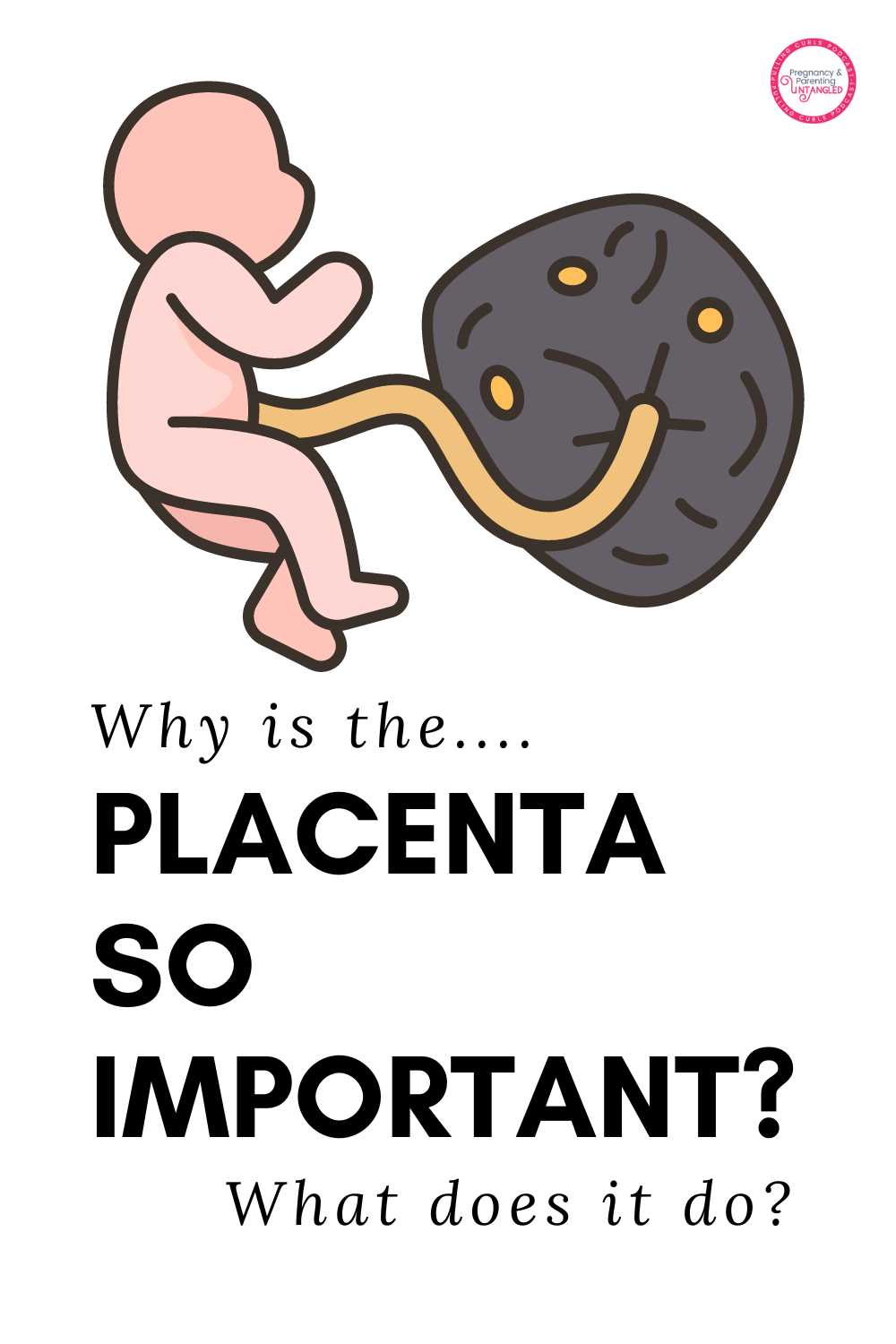
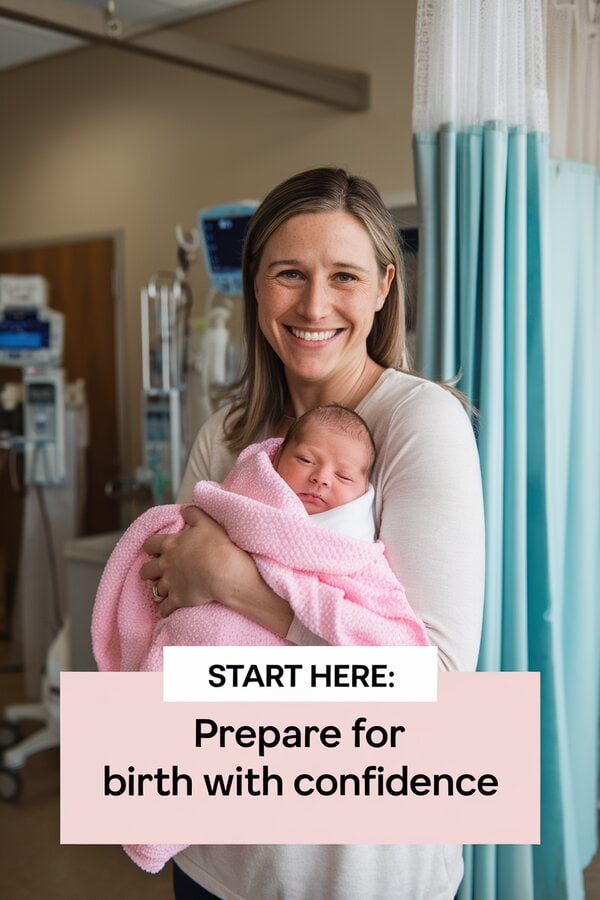
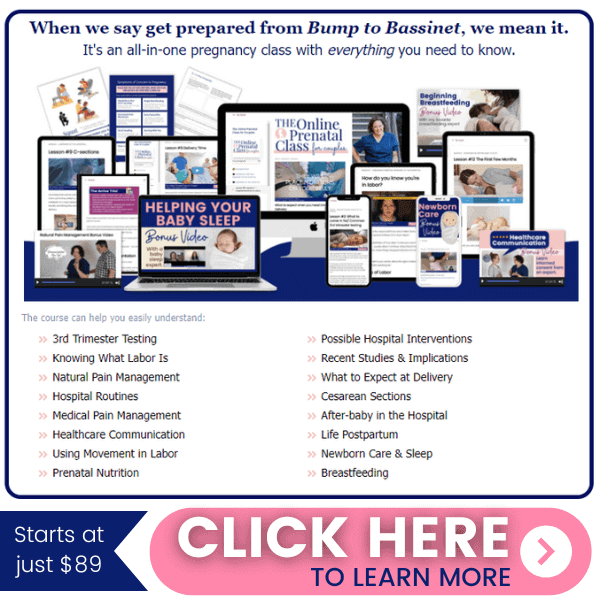



Leave a Reply